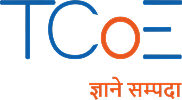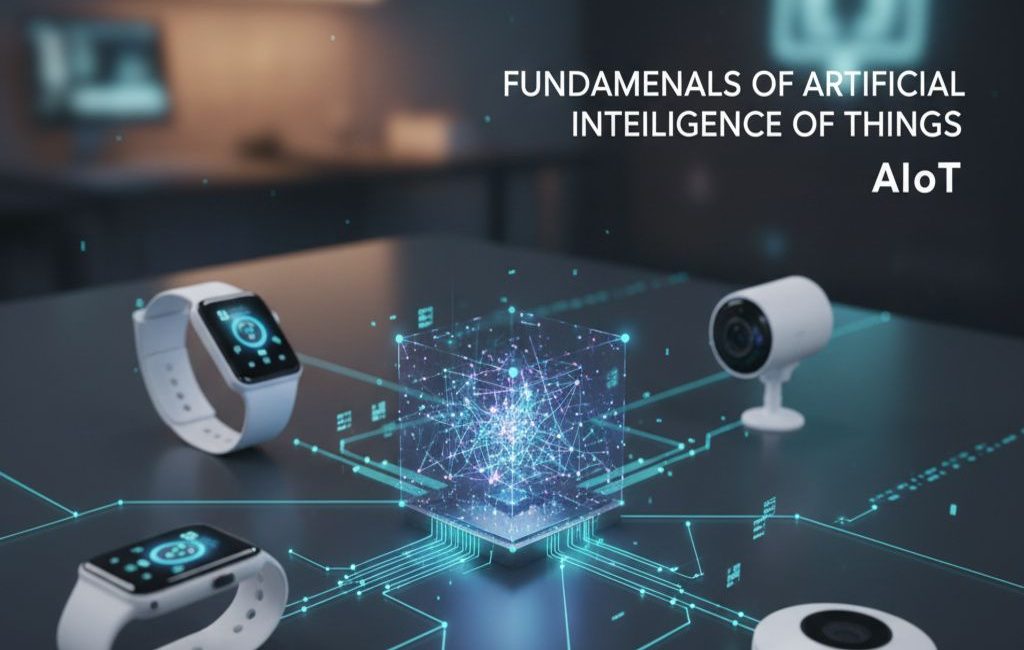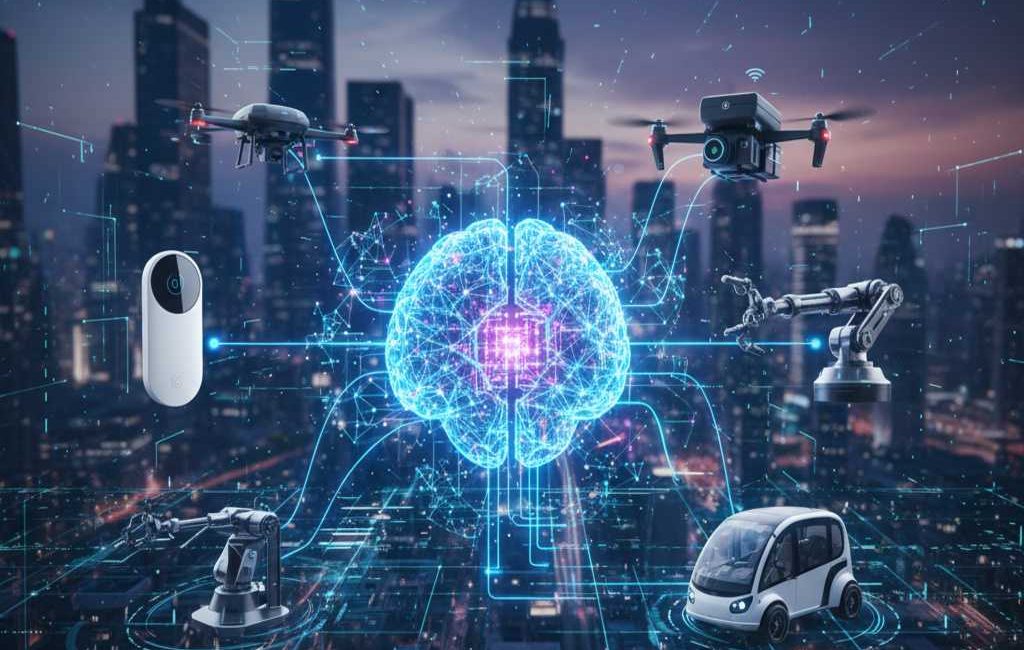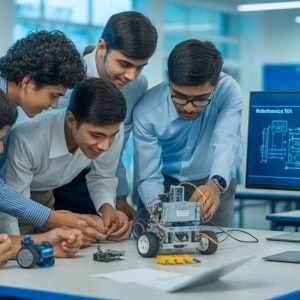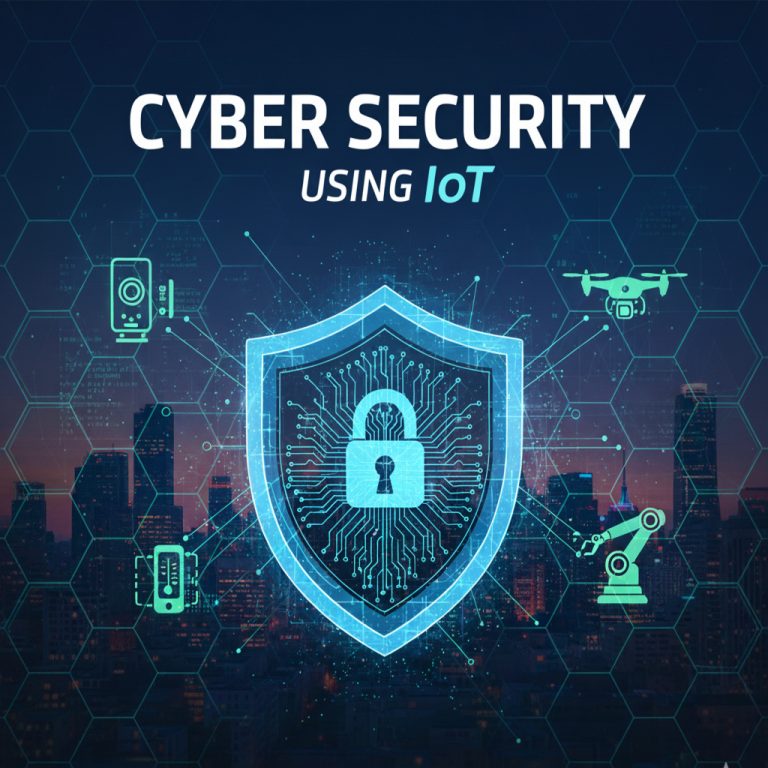This course blends the power of Artificial Intelligence with the connectivity of IoT, teaching you to create smart, data-driven devices that can sense, learn, and act autonomously. Gain hands-on skills to design intelligent systems that are shaping industries, homes, and cities of tomorrow
- 210 Hours (2 hours/day x 6 days/week x 18 weeks) OR at your own pace
- Hindi, English
- Learn & Get Certified
- Basic & Intermediate
- Hands-On Training
About this course
Fundamentals of AIoT (Artificial Intelligence of Things) introduces the integration of Artificial Intelligence (AI) with the Internet of Things (IoT) to build intelligent, connected systems. The course covers essential IoT concepts, architectures, and communication protocols, alongside AI techniques such as machine learning, data analytics, and edge intelligence. Students will learn how AI enhances IoT by enabling real-time decision-making, predictive insights, and automation across applications like smart homes, healthcare, manufacturing, and transportation. Practical case studies and hands-on projects provide a foundation for designing and deploying AIoT solutions.
Explore how AI integrates with IoT devices to enable smart, data-driven decision-making in connected systems across industries.
This course provides essential knowledge and practical training to build industry-relevant skills.
Fees: ₹8,500, ₹7000 (incl. GST) (Excluding tools & equipment cost)
Certification: ESSCI
Duration: 210 Hours (2 hours/day x 6 days/week x 18 weeks) OR at your own pace
What you'll learn
After this course you will be able to:
- What AIoT means: combining Artificial Intelligence (AI) and Internet of Things (IoT)
- How AIoT systems are structured (device layer / network / computing layer)
- Types of AI/ML: supervised, unsupervised, reinforcement learning, etc.
- Using existing models, frameworks, platforms to speed up development
- Understanding sources of bias in AI, especially in IoT contexts (data collection bias, model bias)
- Applying what you learn to specific use-cases: smart home, healthcare monitoring, smart cities, predictive maintenance
- How IoT + AI can transform industries, environment, safety, and productivity
Course Content
How to use online TCoE platform?
Advantages of this course
Tools and Equipment required
National Skill Development Mission
Module 1: Gaining an understanding of fundamental IoT concepts through applications
● Able to gain foundational understanding of IoT including basic principles and components
● able to identify important terms related to voltage, current, and electricity
● able to explain various circuit types and circuit diagrams
● Capable of combining and synthesizing knowledge from theory sessions to practically assemble and troubleshoot connections
● Able to build and demonstrate basic projects on hardware and digital platform independently
● able to show technical proficiency after finishing foundational assignments, provide logical justifications, and provide efficient solutions to issues
● Explain about diodes,darlington transistor,motors and their applications
● Reflect their learning on logic gates, compare and analyse using truth tables.
● Engage in several practical projects using hardware and digital platforms to learn about good conductors, current amplification, fuse usage, electricity conversion to other forms, the effects of series and parallel circuits on loads, and the use of logic gates, diodes, and capacitors.
● Develop critical thinking skills and the ability to draw well-reasoned conclusions.
● Improve their ability to formulate and communicate scientific findings of the projects performed.
● Understand Arduino interactive prototyping platform
● Program IoT using Arduino coding operations
Module 2: Gaining an understanding of Data, Database, Dataset, Data Visualization, Data Science and Big Data
● Use selected AI applications online to explore various types of AI
● Recognize AI applications in everyday life
● Identify the various types of problems that AI can solve
● Breakdown a human action into parts to identify learning requirements and processes involved
● Identify the various components of human learning
● Identify the use of data in various given activities and applications
● Recognize different types of data and explore how the same data can be represented in different ways
● Analyze and extract information from represented data as pictures, symbols and diagrams
● Investigate how digital systems represent text, image and audio data in binary
● Explain the role of Algebra, Probability, and Statistics in AI
● Explain the need for data visualization in AI
● Explain the problem-solving process of AI
● Prepare a simple algorithm related to a daily life activity
● Train or teach existing AI applications such as voice recognition or face recognition software
● Create simple codes using Python language
Module 3: Carry out troubleshooting for IoT devices
● Classify and categorise sensors commonly used in IoT based on their sensing principles, applications, and characteristics.
● Ability to select the most appropriate sensors for specific tasks
● Understand RF and Bluetooth communication
● Hands-on Build and demonstrate Robot with multiple inputs
● Classify and categorise IoT applications based on their domains and use cases
● Develop the skills to calibrate sensors and conduct tests to ensure their accuracy and reliability in IoT applications.
● Do assembly of circuit connections and troubleshooting.
● Learn how to adapt and optimise IoT systems to address changing requirements and challenges within different applications.
● Develop teamwork and communication skills
Module 4: Describe the machine learning process
● State various areas where AI is being applied
● List the various technologies and tools used in AI
● State the key steps involved in building AI
● List the key skills required to build AI solutions
● Explain how graphical programming works and concepts like loops and conditional statements
● Use a pre-trained model to perform a simple project using graphical programming
● State logically the likely impacts of AI technology on society
● Explain potential sources of bias in AI decision making
● Critically explore the positive and negative impacts of an AI system
● Research and present key ethical concerns related to AI development and use in various areas of application
● Use tools and templates for evaluating ethical considerations and bias in the AI project or application
● Differentiate between artificial intelligence and machine learning.
● Describe the machine learning process
● List the type of tools used at different stages of the machine learning process
● Explain how neural networks and deep learning works
● Build machine learning solutions using MLaaS platforms
● Explain what is NLP and how it works
● Differentiate between NLP and NLU
● List common applications of NLP
● Explain what Computer Vision (CV) is and how it works.
● List common applications of CV
● Describe the working and application of Optical Character Recognition (OCR)
● Use OpenCV to read and image, display an image, resize an image
● Write clean, logical code
● Apply python codes to simple machine learning projects
● List the key machine learning algorithms for supervised, unsupervised and reinforcement learning
● State applications of key machine learning algorithms
● Train and evaluate a classification, regression and clustering model algorithm
Browse Online Drones Certificates
Find new interests and advance your career opportunities!
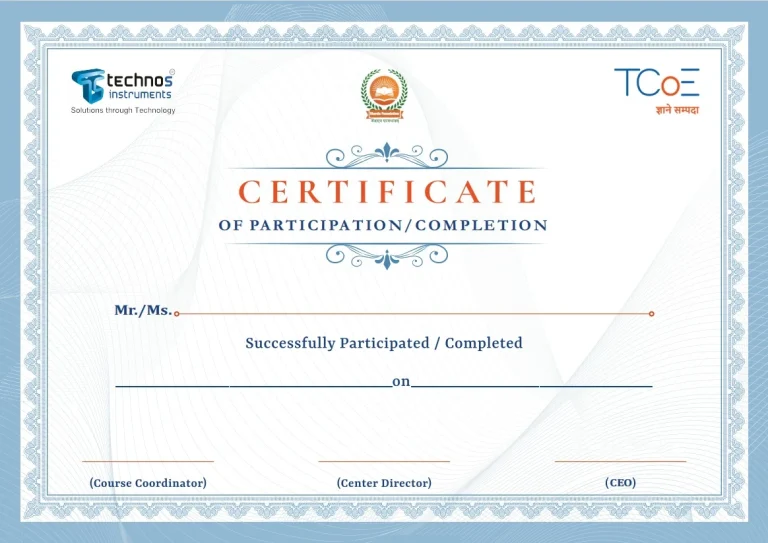
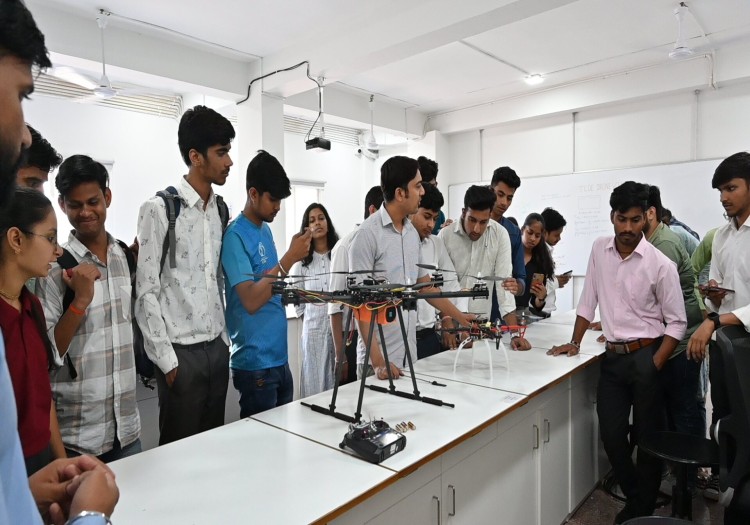
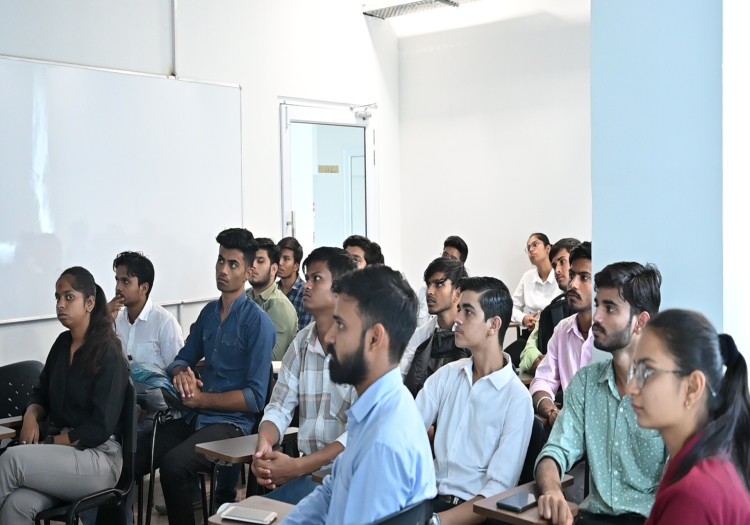
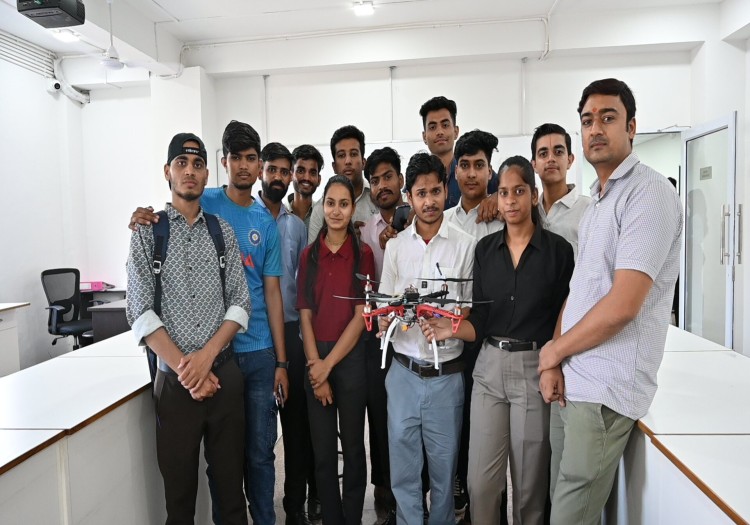
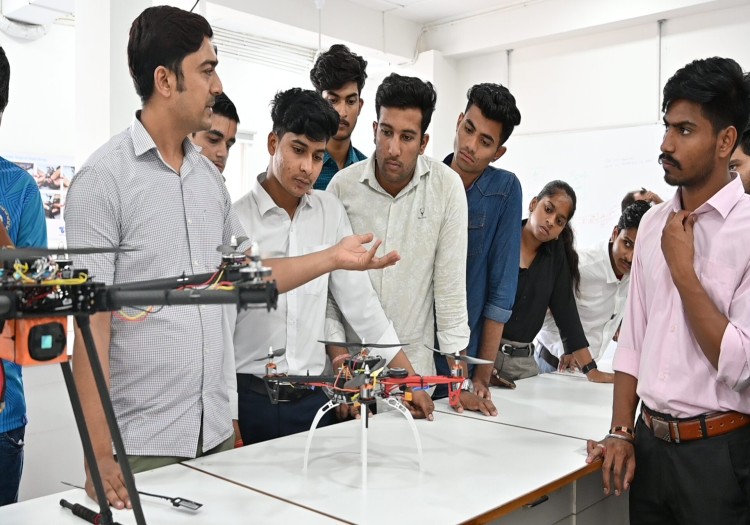
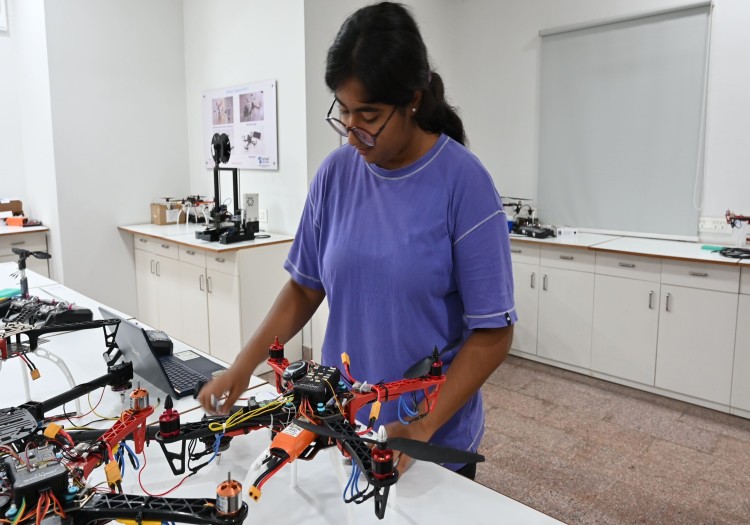
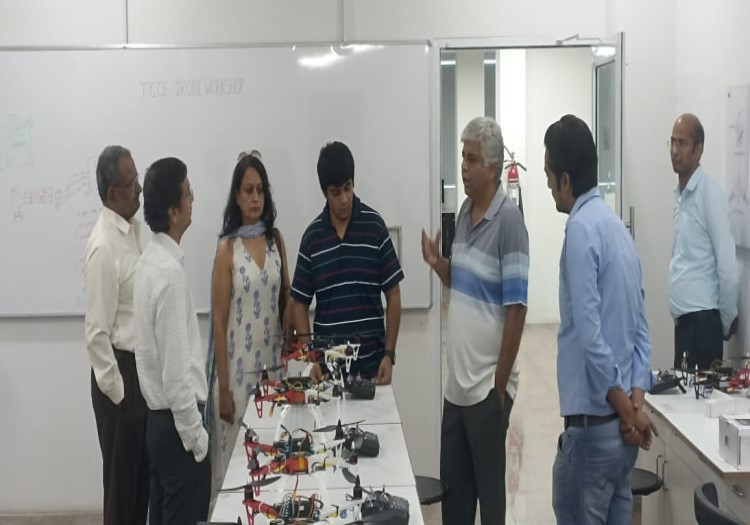
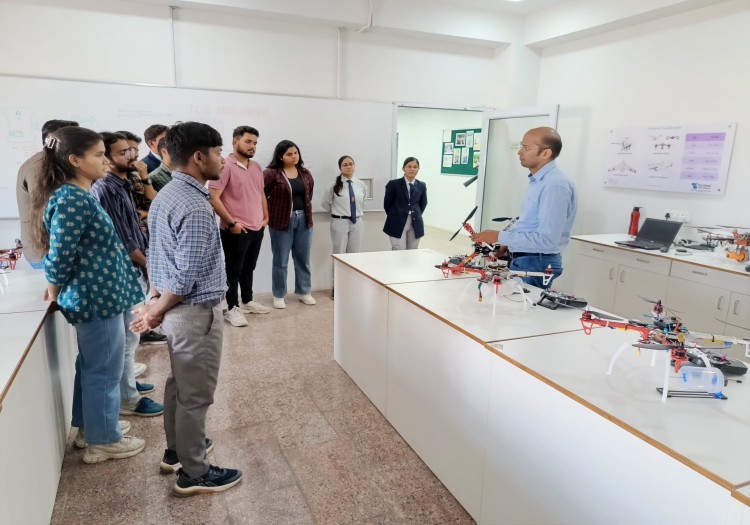
Browse Online Drones Certificates
Find new interests and advance your career opportunities!








ENROLL TODAY & GET 30% OFF ON ALL COURSES
Your Future Can’t Wait, Enroll Now and Save 30% On All Courses. Hurry Up Offer valid Till Diwali
Our Related Courses
See what our students have to say
With over a decade of experience, our mission is to produce future-ready skilled resources.




Edge AI – Bringing Intelligence Closer to Devices
Edge AI is one of the most fascinating aspects of the Fundamentals of Artificial Intelligence of Things course. It focuses on running AI algorithms directly on IoT devices — like sensors, cameras, or microcontrollers — instead of sending all data to the cloud. This makes systems faster, more efficient, and more secure by reducing latency and protecting sensitive data. Understanding Edge AI helps learners design smarter, real-time solutions for applications such as autonomous vehicles, smart cities, and industrial automation.
Job Opportunities
Here are some interesting job opportunities after completing the Fundamentals of Artificial Intelligence of Things (AIoT) course:
AIoT Engineer – Design and integrate AI algorithms with IoT systems to create intelligent, connected devices.
IoT Developer – Develop and manage IoT applications that collect and communicate data across smart devices.
Machine Learning Engineer – Build and train AI models that process and analyze IoT data for predictive insights.
Data Analyst / Data Scientist – Interpret sensor data to identify patterns, trends, and actionable intelligence.
Embedded Systems Engineer – Develop hardware-software solutions for smart devices and edge AI applications.
Edge Computing Engineer – Implement AI processing at the edge to enhance speed, efficiency, and privacy.
Automation Engineer – Design automated systems using AIoT for smart factories, homes, or industrial operations.
Smart Device Designer – Create innovative products that blend AI capabilities with IoT functionality.
Frequently asked questions
What is the main focus of this course?
The course focuses on understanding how Artificial Intelligence (AI) and the Internet of Things (IoT) come together to create intelligent, connected systems that can sense, analyze, and act in real time.
Who can take this course?
This course is ideal for students, engineers, and tech enthusiasts who want to explore AI, IoT, and their integration — no deep programming background is required, just curiosity and basic technical knowledge.
What skills will I gain from this course?
You’ll learn the fundamentals of AI and IoT, data processing, sensor integration, edge computing, and how to design smart, automated systems for real-world applications.
Are there any hands-on projects included?
Yes! The course includes practical exercises and projects where you apply AI techniques to IoT data — such as building smart home, healthcare, or industrial automation solutions.
How is AIoT different from AI or IoT alone?
While IoT connects devices and gathers data, AI enables those devices to learn, reason, and make decisions. AIoT is the powerful combination that makes systems intelligent and autonomous.
